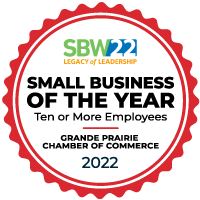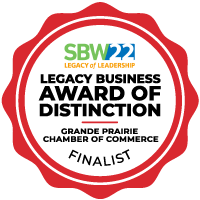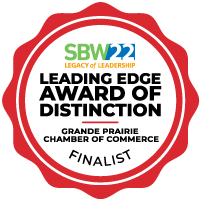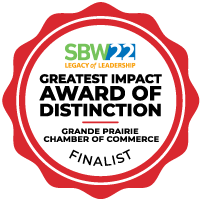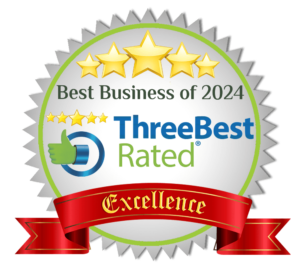For a small business owner, seeing your company show up as an ad on Google is exciting. It’s just like driving down the road and seeing your billboard up in lights.
We understand. It’s a great feeling. Which is why it can be confusing – and disheartening – when you stop seeing those ads. Our clients often question why they aren’t seeing their own ads anymore after Googling.
Here are some reasons why:
1. You may have clicked on them in the past.
Maybe out of excitement, maybe to test them out, maybe just by accident: in any case, if you’ve clicked on your ads in the past, then you’ve basically flagged yourself as a ‘customer.’ In other words, “been there, done that.”
Google isn’t going to keep showing the same customers the same ads all the time – it’s going to focus on the budget on finding fresh clicksnow.
2. You didn’t click on the ads when you saw them.
Alternatively, if you’ve seen your ads in search and haven’t clicked on them, then you’re sending Google a different signal: that you’re not interested. Google basically records that you’re not really interested in this particular ad, product, service or business.
If Google doesn’t think you’re interested in the ads, it’ll stop showing them to you. Instead, it’ll utilize your budget to showcase your ads to people who will be interested in them.
3. Google knows you’re the owner of (or otherwise tied to) the ads account.
If you’re registered as a contact on the Google Ads account, then Google may not show you the ads because it sees you’re the person who set them up, and why would you be clicking on your own ads? Basically, it knows you’re not the target audience.
Google Ads is Smarter Than You Think
Google makes decisions on when to show your ads using machine-learning algorithms. These algorithms watch the behaviours of web surfers and how they browse websites, what they look at, what they search for, and what they buy. Combining this with what it knows about a person (e.g. their demographics – age, gender, location, etc.) it starts to figure out patterns in what makes people buy things.
And the whole point of this is to show the ads to the people who will be most likely to click on your ad and, in turn, become one of your customers.
Thus, if you’ve clicked on the ad before, ignored the ad, or are the owner of the ad, then you’re unlikely to become a new customer, and Google will reduce the number of times you see the ad, or may not show them to you at all.
Why Do I Still See My Competitor’s Ads, Then?
That doesn’t necessarily mean those ads are performing better than yours. It could simply mean that Google has made a presumption about the interest you have in your own company but still understands that you’re in the same industry.
So, it’s attempting to gain your click by showing you what it believes is relevant. It might even just be trying to fill the space with an ad while understanding that you don’t want to see your own ads.
Why This Is A Good Thing
As exciting as it is to see your own business show up in Google when you search, you have to remember that’s not why you’re running Google Ads. You’re running Google Ads to showcase your company to clients who are looking for your products or services.
So if you don’t see them, that’s a good thing – it means the algorithm is doing its job.
Have More Questions About Google & Google Ads?
Several members of our digital marketing team are Certified Google Ads Professionals and can help assist you with whatever your needs may be. Give us a call today and start a discussion focused on your digital marketing questions.






